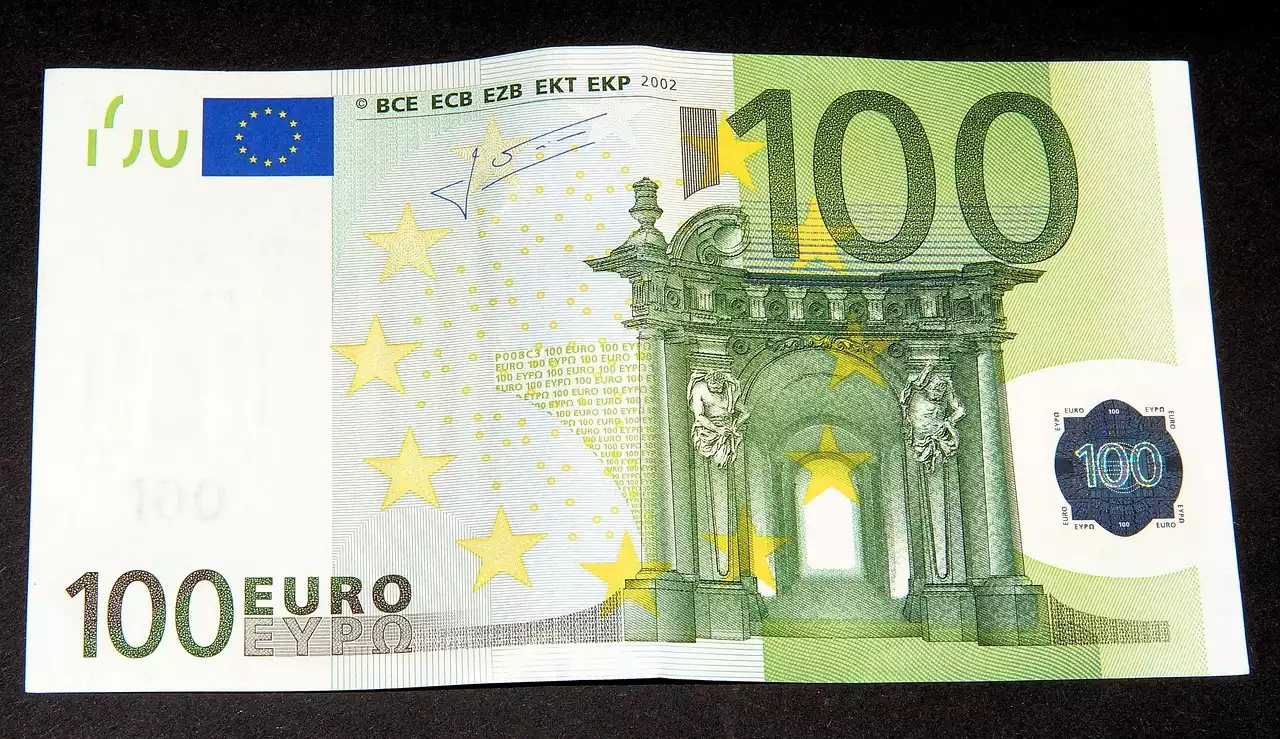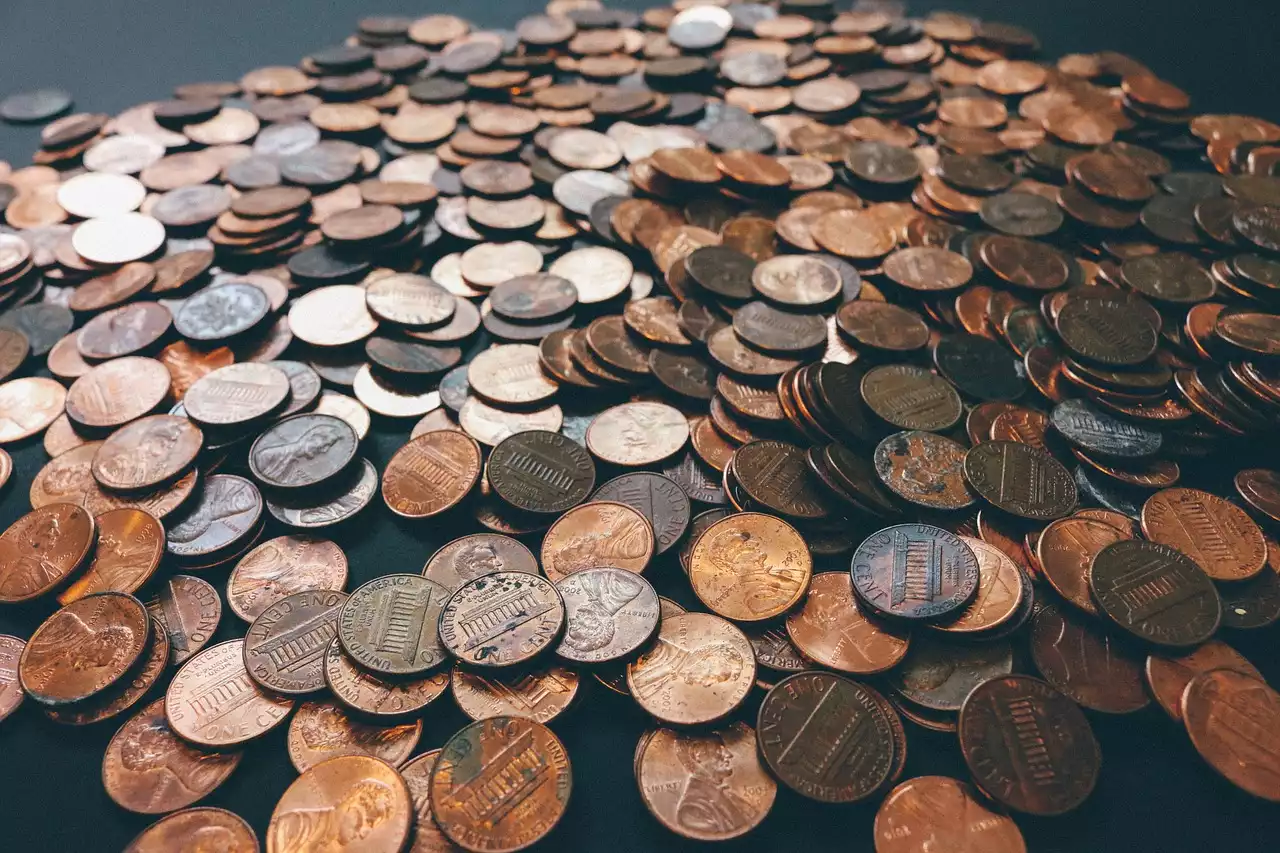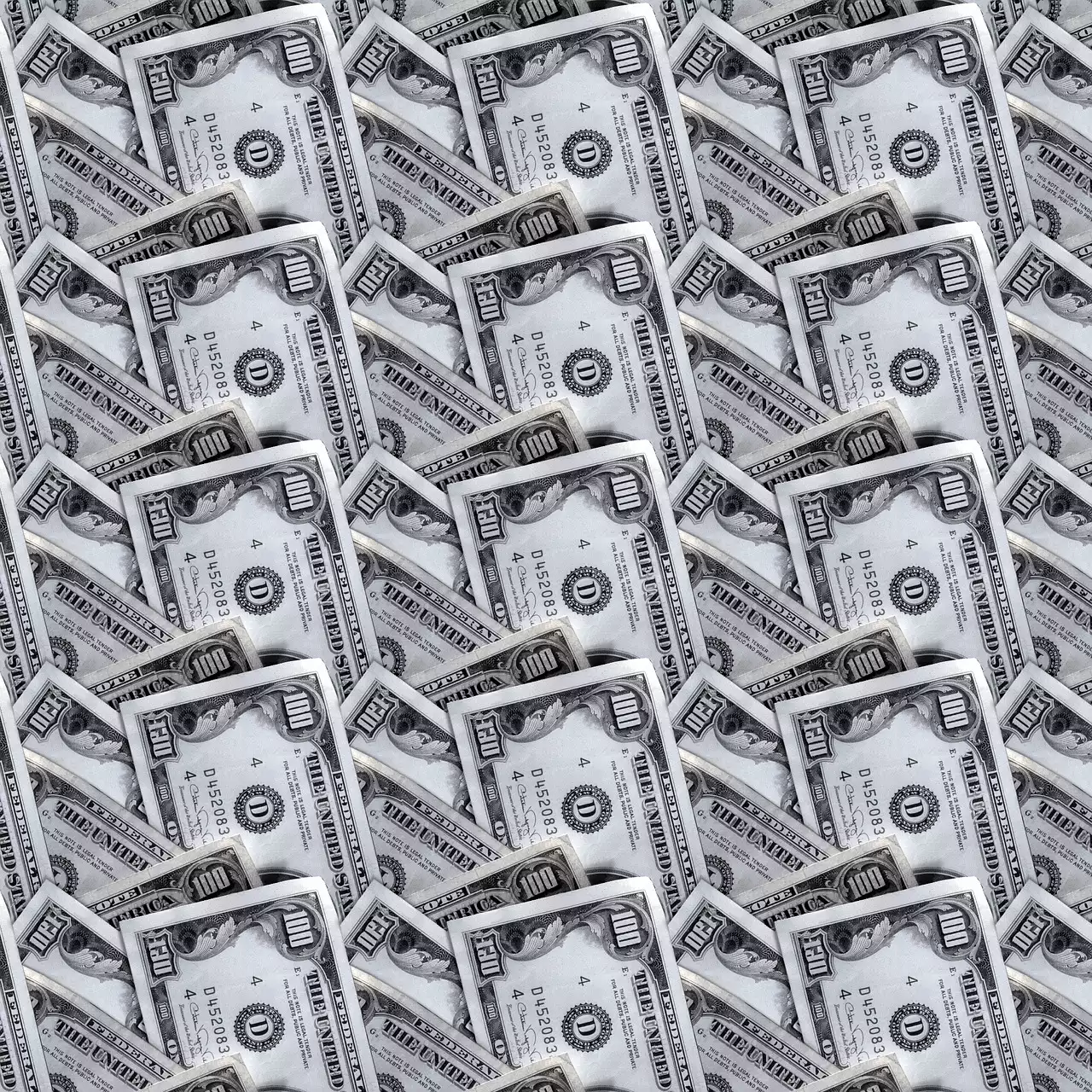What is Forex?
Forex is short for foreign exchange, which is the market for trading one currency against another. It is a huge market, and the turnover is estimated at $5 trillion daily. Currency trading is done in pairs. For example, one currency can be traded against another. The price of one currency is quoted in terms of another currency. So, if one currency is quoted at $1.50, then it means one unit of that currency will be exchanged for $1.50. This can be explained differently as well. If one currency is quoted at $1.50, then one unit of that currency will be exchanged for $1.50. The advantage of trading in the Forex market is that it is open 24 hours a day, 5 days a week. So, you can trade in this market whenever you want. Moreover, you don’t have to travel anywhere to trade in the Forex market. You can do it right from the comfort of your home. You can trade in this market by making use of online Forex brokers.
Benefits of Forex Trading
- A huge potential for high profits: The potential for high profits is what makes Forex trading so popular. Many traders make a full-time living from trading currencies.
- Greater diversity: Currencies of different countries and regions make up the Forex market. This makes it possible to trade in many different markets at once. This gives you access to a much larger variety of investments. - Liquidity: The Forex market is the most liquid in the world. It is estimated that $5 trillion worth of currency is traded daily. This makes Forex trading a very attractive option for investors.
- Competitive pricing: Traders in the Forex market, who deal in the currencies of the world’s largest economies, are close to the source of information and can act on it quickly. This makes them more efficient than, say, the shares of a company that operates in a single country. As a result, the prices of currencies are very competitive.
Overview of the Foreign Exchange Market
The global foreign exchange market is the largest and most liquid market in the world with $5 trillion traded daily. The market is open 24 hours a day, 5 days a week, and is highly competitive due to the high volume of transactions. The foreign exchange market is mostly a wholesale market, which means that banks and financial institutions act as the main market players. Investors in the retail market, such as individual investors and hedge funds, account for less than 30% of the market. The foreign exchange market is made up of spot and forward contracts. Spot contracts are transactions that take place immediately and for which payment is made at the same time. Forward contracts are long-term transactions that specify the payment date as well as the exchange rate that will be used to determine payment at that time. The most commonly traded currencies are the U.S. dollar, the euro, the Japanese yen, the Chinese yuan, and the British pound.
Types of Forex Trading Strategies
- Long Position: In this, you buy currencies with the expectation that their value will increase. You buy them with the assumption that the demand for these currencies will increase and that will raise their value.
- Short Position: In this, you short-sell currencies that you believe will decrease in value. You incur a certain amount of risk if the economy and demand for those currencies will increase. - Trading the News: In this, investors try to make quick profits from market reactions to news events.
- Fundamental Analysis: This approach uses economic data to make predictions value of a currency. - Technical Analysis: This approach uses the history of prices in the market to predict future prices.
Key Concepts for Forex Trading
- Liquidity: The ability to buy and sell currencies quickly and efficiently. This can vary depending on the particular currency pair and the market conditions. - Exchange rate: This is the rate at which one currency is traded against another. The price can change constantly during the trading day. The exchange rate is quoted in terms of one unit of one currency being exchanged for another currency.
- Trading Hours: This can vary depending on the country. So, you have to check the timings before you start trading. - Margin: This is the amount of money that you have to deposit with the broker as collateral. It is a percentage of the total cost of your trade.
Understanding the Spread and Leverage
- The spread: This is the difference between the bid and ask prices of a currency. The difference between the two prices is the spread. The spread is the cost of trading, and it is the broker’s source of income. - Leverage: A trader can borrow funds from the broker and use them to buy more currencies. This is called leverage, and it enables you to trade with a higher amount than the amount of money you have in your account. - Leverage can be a double-edged sword. If the price of a currency drops, it can quickly become more than the amount you can repay. This can lead to a margin call, which is when the broker asks you to pay the difference between the amount you owe and the amount you have in your account.
Risk Management Strategies for Forex Trading
- Break-even: This is a strategy in which you try to break even. You buy currencies with the expectation that they will increase in value and then sell them at the same price when they reach the break-even point. If they rise above the break-even point, then you make a profit. But if they don’t, then you won’t lose any money.
- Money management: This is a strategy in which you try to control the amount of money you risk. You decide on a percentage of your total portfolio that you will risk in the short term.
- The percentage of your portfolio that you invest in Forex should be less than 5% of your total portfolio.
Technical Analysis for Forex Trading
- Price chart: This is a graphical representation of the prices of currencies. The chart can be drawn in different time frames and can be used to predict future trends in the prices of currencies.
- Indicators: These are mathematical calculations that are applied to the price chart. They are used to predict future trends in the prices of currencies.











